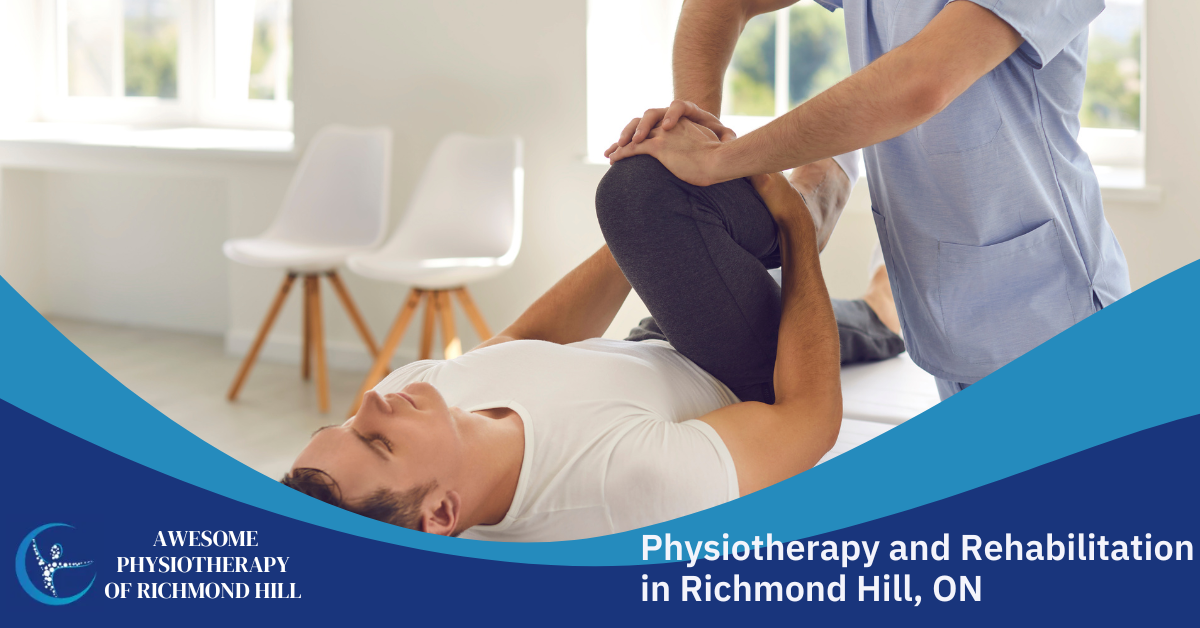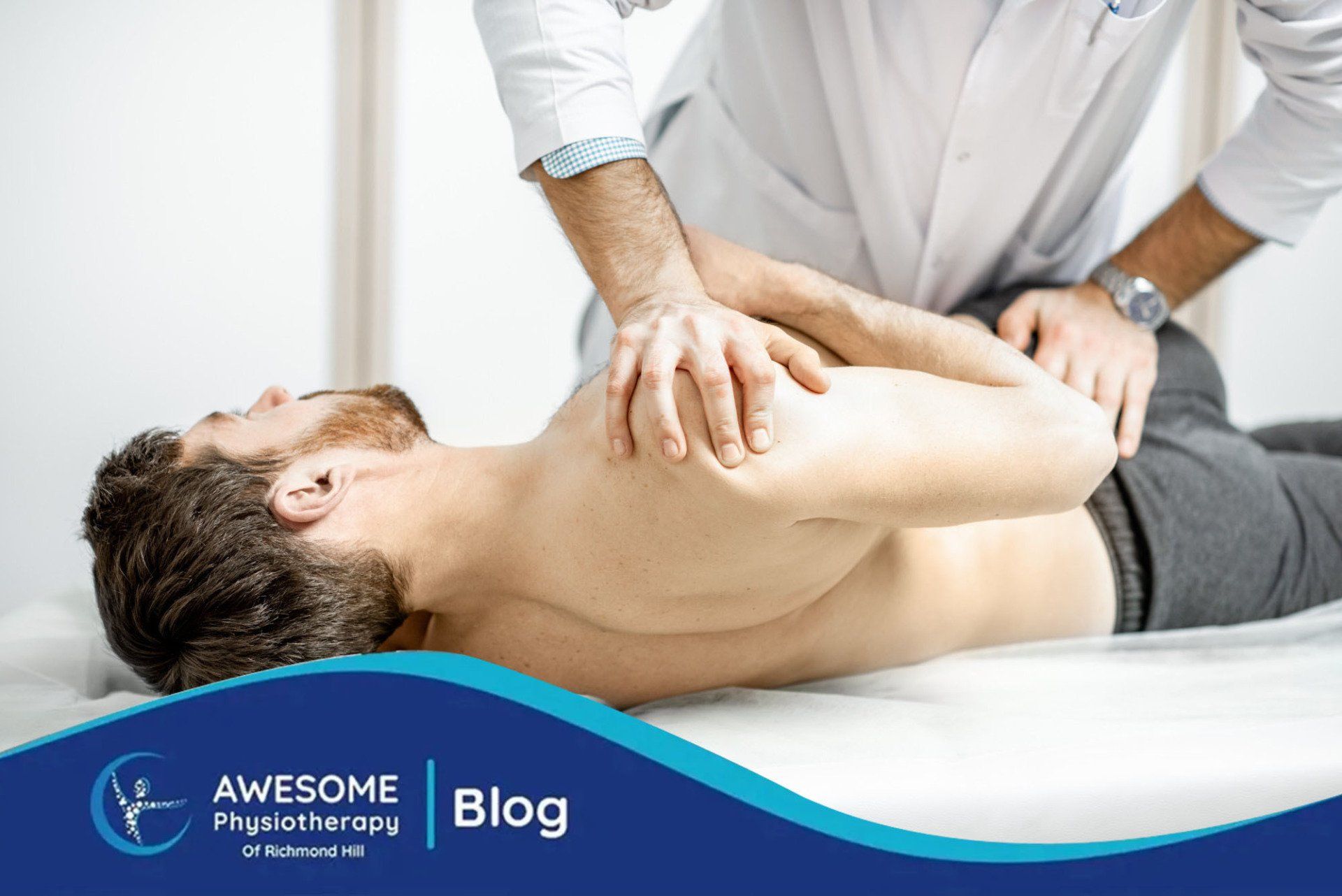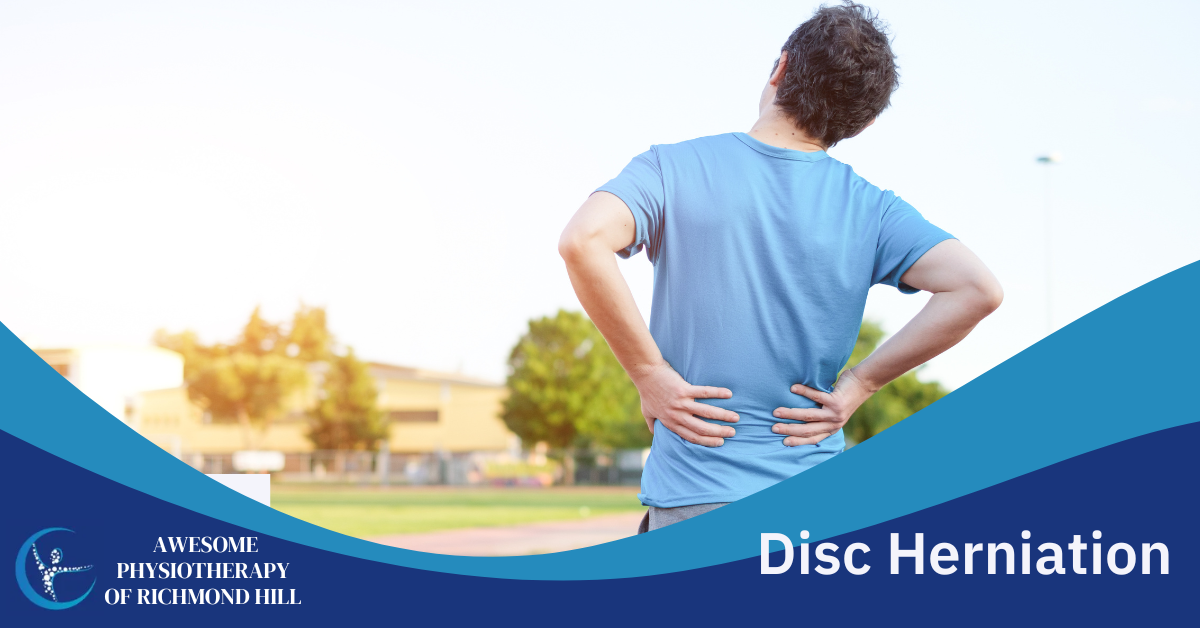The Difference Between a Massage Therapist and Physiotherapist

It is not uncommon for massage therapists and physiotherapists to be confused with one another. Massage therapists and physiotherapists are two different professions with a lot in common but differ in some areas. In the case of both types of therapies, the goal is to enhance your body's range of motion and reduce any discomfort or pain you may be experiencing. So what are the differences between massage therapists and physiotherapy?
There are a few differences between massage therapists and physiotherapists, but the significant difference is that massage therapy focuses on your muscles while physiotherapy concentrates more on joints.
Continue reading to know more about the differences between the two therapies and how they can benefit you.
Massage Therapy
Massage Therapy applies pressure on muscles and joints with massage tools to reduce stress, prevent injury, and promote healing. Massage therapy has been used for many centuries as a form of treatment by ancient cultures like China and India. Today massage therapy continues to be a popular choice among athletes, people who have chronic pain or are recovering from an injury.
Massage therapy is a type of bodywork where a massage therapist uses their hands, forearms, and sometimes elbows to apply pressure on the muscles in their body. Massages are usually given with oil or lotion that can help soothe muscles. The massage therapist will start by massaging your neck and shoulders before moving down to your back, arms, and legs.
Massage therapy is different from massage because the massage therapist will use their hands instead of massage tools such as a massage stick or rollerball. Massage therapists also do not go near joints as they would for physiotherapy. Hence, it's essential that you know which one of these therapies is best suited for you.
The Benefits of Massage Therapy
The benefits of massage therapy are numerous, including reduced stress and anxiety, improved sleep quality, increased circulation throughout the body, and a boost in immune system function. Massage also helps to release endorphins that offer pain reduction. Some massage therapists go as far as having their clients listen to soothing music during massage sessions. This process can help to lower blood pressure and elevate mood.
Benefits of massage therapy:
- Reduces stress and anxiety: Massage reduces stress by lowering heart rate, promoting relaxation, and releasing feel-good hormones. Once stress levels are reduced, anxiety and depression can be alleviated.
Improves sleep quality: Postage therapy can relieve stress and worry, making it easier for you to get to sleep and rest comfortably. The National Sleep Foundation has found out that massage can trigger a serotonin neurotransmitter, which induces calm feelings.
Increases circulation throughout the body: During a massage, friction between the skin and fingertips improves circulation. Using massage, a massage therapist can improve circulation, relieve discomfort, and reduce swelling.
Boosts immune system function: Research has shown that massage therapy can boost our immune system, eliminate toxins from our bodies, and increase blood flow throughout the body. Massage stimulates white blood cells' activity that assists our bodies in fighting sickness and may aid with cortisol reduction.
Releases endorphins to offer pain relief or reduce inflammation in an injury: Massages can increase the level of endorphins released into your body, which provides pain relief. Massage therapists also massage areas where there is inflammation in an injury to help reduce swelling and soreness.
Helps Lower Blood Pressure: Massage can help lower blood pressure by increasing circulation in your muscles and releasing tension from tight areas of our bodies that may cause high blood pressure.
Elevates Mood: The massage process causes serotonin release in the body, boosting mood and reducing depression.
Helps to Relax Muscles: Massage therapy helps your muscles relax by releasing tension in tight areas of your body. Massage can also help with soreness or pain from workouts.
Relieves Stress And Anxiety: Massages reduce stress by lowering heart rate, promoting relaxation, and releasing feel-good hormones. Once stress levels are reduced, anxiety and depression can be alleviated.
Physiotherapy
Physiotherapy is a medical profession that specializes in assessing, diagnosing, and treating physical injuries. Physiotherapists are trained to examine patients with all types of disorders or conditions that impact their movement system, including orthopedic problems (joints & bones), neuromuscular diseases like cerebral palsy, multiple sclerosis, or Parkinson's disease, and other neuromuscular conditions. Physiotherapy can treat many different parts of the body, including the spinal cord, limbs, abdomen or trunk, shoulders, and thorax.
Physiotherapists often treat patients with low back pain by teaching them exercises to strengthen their spine and stomach muscles and stretching techniques for neck stiffness related to whiplash injuries. Physiotherapy can also help with breathing difficulties like asthma or bronchitis and other respiratory conditions. Physiotherapy is used at all stages of life, from newborns to the elderly, and is used with other treatments.
When treating patients, physiotherapists may also work closely with doctors or other healthcare professionals such as
acupuncturists or
chiropractors.
The Benefits of Physiotherapy
The Physiotherapy profession can help with many injuries, health conditions, or disabilities and provide many different treatments. Physiotherapists are trained to treat both people and animals.
Physiotherapy is often used as an alternative for surgery for sports-related injuries such as joint problems in the knee, ankle, or hip. Physiotherapy can also treat injuries such as sore muscles, strains or sprains, and muscle tears. Physiotherapists may also diagnose patients with balance problems, including vestibular disorders that affect the inner ear system in the head.
Some of the main benefits of physiotherapy are:
- Reduce or eliminate pain: It can alleviate pain by performing therapeutic exercises or manual therapy techniques, including joint and soft tissue manipulation and treatments such as ultrasound, tape, or electrical stimulation. Such therapies can also help to prevent recurring pain.
Improve mobility: Physiotherapy can improve mobility by restoring the patient's range of motion, helping them to walk better, and reducing stiffness. Physiotherapists may also teach patients exercises for use in daily activities or sports they enjoy.
Improve overall health: Physiotherapy is often used with other treatments such as medication, counseling, surgery, psychosocial interventions, or other therapies to treat injuries, diseases, and disabilities. Physiotherapy also helps improve overall health by educating patients on how their lifestyle habits can affect their pain levels and overall well-being.
Stroke recovery: Physiotherapy can help stroke recovery by teaching patients exercises to increase their strength and balance. Physiotherapists may also strengthen other muscles in the body, such as core muscles or upper-body muscle groups that are often weakened after a stroke.
Living with chronic pain: Physiotherapy is helpful for people who live with chronic pain by teaching them exercises to strengthen their muscles and teach patients techniques for managing everyday activities that can result in injuries or flare-ups of pain. Physiotherapy may also help people live more comfortably with conditions like arthritis, which is a condition that affects the joints (such as knees) over time.
Control of your diabetes and vascular conditions: Physiotherapy can help people with diabetes or vascular conditions manage their disease and prevent complications. Physiotherapists may teach patients exercises that strengthen muscles to improve blood flow, such as deep-vein thrombosis in the legs.
Maintain a healthy heart and lungs: Physiotherapy can help people maintain a healthy heart and lungs by teaching them exercises to strengthen their muscles. Physiotherapists may also work with patients who have asthma or other conditions that affect breathing and those recovering from surgery on the chest for such situations.
Improve mobility: Physiotherapy is often used at all stages of life, from newborns to the elderly. Physiotherapy is used with other treatments and can help improve mobility for people recovering from surgery or who experience mobility problems due to arthritis.
Avoid surgery: Physiotherapy is often used as an alternative for surgery. Physiotherapists may assess whether a person needs surgery and help prepare them before the operation with exercises or other treatments.
Both professions have their own set of benefits, but it's important to know what you're looking for before choosing one over the other. We hope these distinctions help clear up any confusion about which type of health care provider would best suit your needs! Suppose you are still unsure whether massage therapy or physiotherapy will work better for you. In that case, we invite you into our facility at
Awesome Physiotherapy Richmond Hill who can answer all questions and provide first-hand knowledge of the difference between a massage therapist and a physiotherapist.



How Physiotherapy Can Help You Recover Faster: A Guide to Physiotherapy Centers In Richmond Hill, ON







